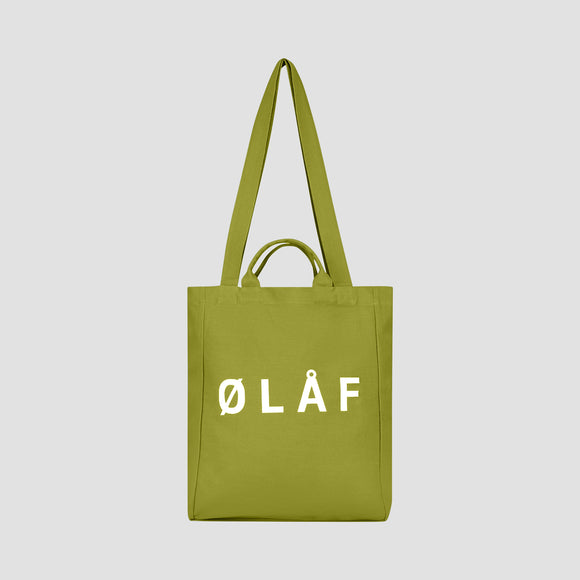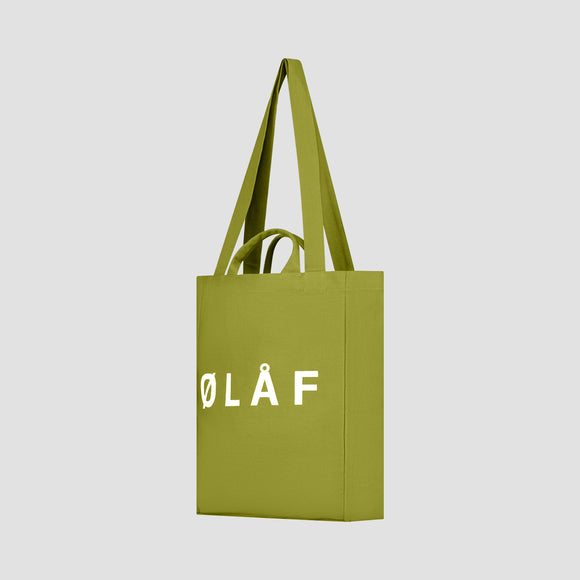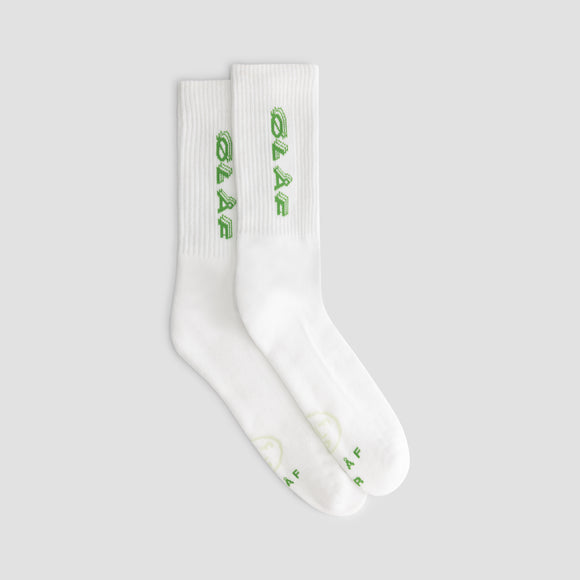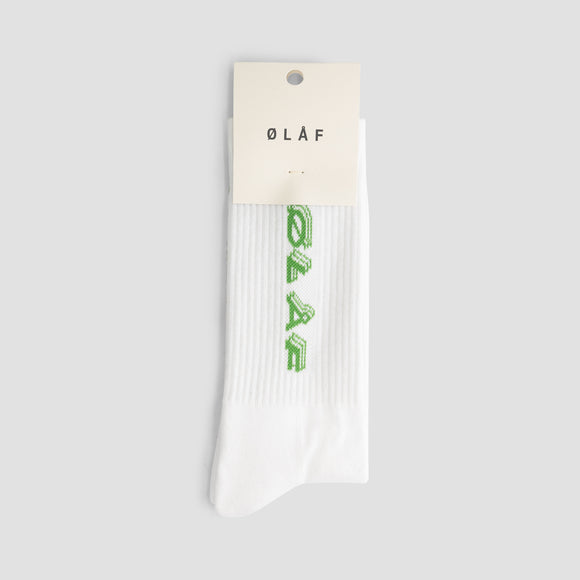Your book, “More Than Fashion Girls” (Meer dan modemeisjes), comes out at the end of 2024. What’s it about?
I started writing it in a moment where I felt so seen by the fashion industry and had lots of opportunities coming my way. But my gut was telling me that something just wasn’t matching. I realised I was becoming part of this big industry that I’d always wanted to challenge. I still do that with my brand and through my consultancy, of course, but I just felt that I needed to speak the truth. Even if I’m part of the problem, even if I’m not able to change the entire reality of fashion, I still need to be honest. My upbringing taught me to always go through life with my eyes very open, question things and not conform. So, when I first started working in the industry, I always felt that I was more than just a fashion girl. Because it has never been about just the clothes. It has always been about showing people a new way to look to the world. So that’s what I’m doing with my book.
Can you tell us more about how?
It has a lot of stories that celebrate people from the Global South and the women that inspired me in my life – my mum, aunties, African women in general. The fashion element is just a tool. It’s a book about a new world. I’m not pretending to know all the answers or as if this book is the answer. It’s really a journey and a search for myself. I’ve confronted myself on a lot of levels during the writing process. In the end, I feel like the book is very uncomfortable, very critical and therefore very beautiful and hopeful. It reflects my belief that our role as women in fashion is to change the world and will help other people to confront themselves, too.
What have you learned about yourself during the process?
You just get to know yourself. You’re putting so many of your own personal thoughts and visions of the future on paper, then accepting that it will be printed and that a lot of people will read it and have opinions on it. It’s also made me realise that you can be so many things. I mean, I’m a writer now. I feel now that if you have a good story, then you’re a writer. And I think many of us have one.




























